Best Time to Cycle in Spain
Plan your perfect cycling adventure in Spain: month-by-month guidance, regional tips, and weather advice for smooth, scenic, and unforgettable rides year-round.

Quick Links
Spain offers year-round cycling opportunities, thanks to its diverse climates and landscapes.
Whether you're seeking coastal breezes, mountain challenges, or sun-soaked plains, there's always a region ready to welcome cyclists.
What Should You Know at a Glance?
- Year-Round Cycling: Spain's varied climates ensure that cyclists can find suitable conditions throughout the year.
- Spring: Ideal for most regions; coastal areas start warming up, while inland regions remain comfortable.
- Summer: Coastal areas offer pleasant temperatures; inland regions can become quite hot.
- Autumn: A favorite for many; temperatures are moderate, and the landscapes are vibrant.
- Winter: Coastal regions remain mild; inland and northern areas can be cold and wet.

Month-by-Month Breakdown
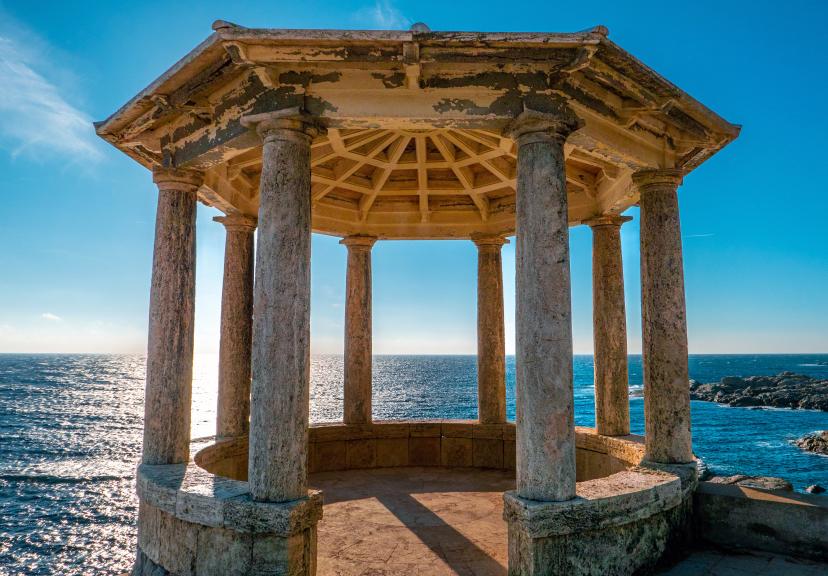
January
January is winter in Spain, but the southern regions and islands offer mild riding conditions. The Costa Blanca and Sierra Nevada are popular among cyclists, with temperatures ranging from 12–18°C (54–64°F) and relatively dry conditions. In contrast, northern regions experience cooler temperatures and increased rainfall, making regions such as Galicia and the Basque Country less ideal for cycling during this month.
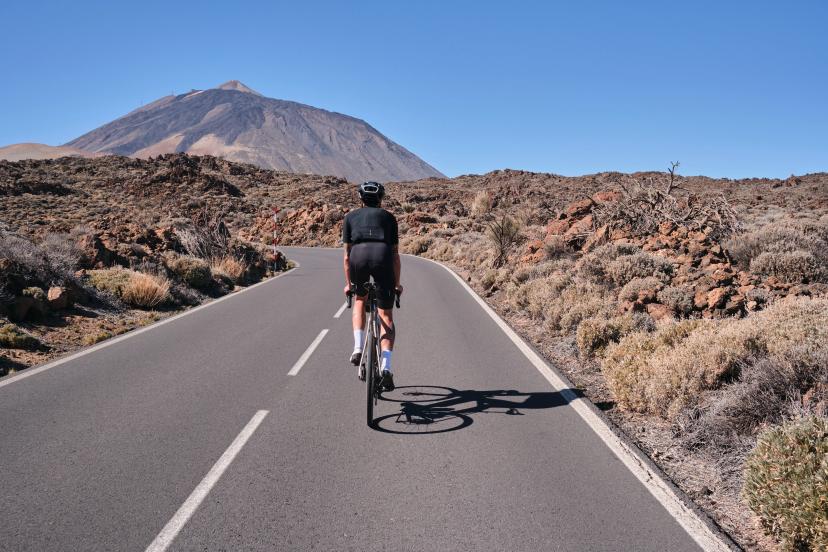
February
February continues the trend of mild conditions in the south, particularly in the Costa del Sol and the Canary Islands. Inland areas like Madrid and Castilla-La Mancha begin to warm up slightly, but mornings and evenings can still be chilly. Northern regions remain cold and wet, with temperatures between 5–10°C (41–50°F) and frequent rainfall.
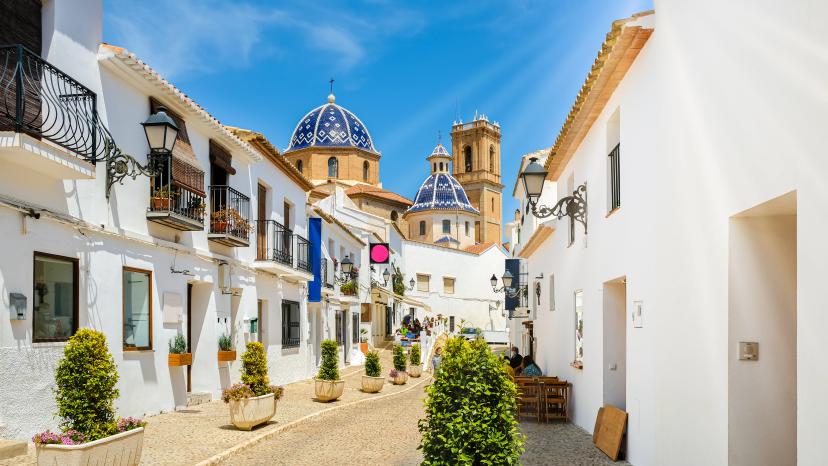
March
March sees a gradual warming across Spain. The Costa Blanca and Canary Islands remain popular, with temperatures ranging from 15–20°C (59–68°F). Northern regions like Asturias and Cantabria begin to offer more favorable cycling conditions, with temperatures between 10–15°C (50–59°F). However, rainfall can still be frequent in these areas.
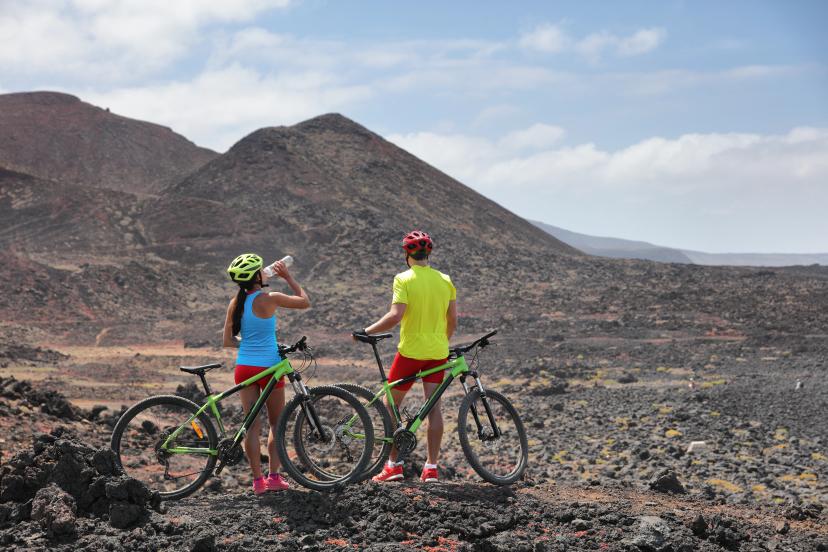
April
April brings more consistent spring weather. The Costa Brava and Costa del Sol offer pleasant cycling conditions, with temperatures ranging from 18–22°C (64–72°F). Northern regions like Galicia and the Basque Country become more favorable for cycling, with temperatures between 12–18°C (54–64°F). Rainfall decreases, making it a great time for cycling tours.
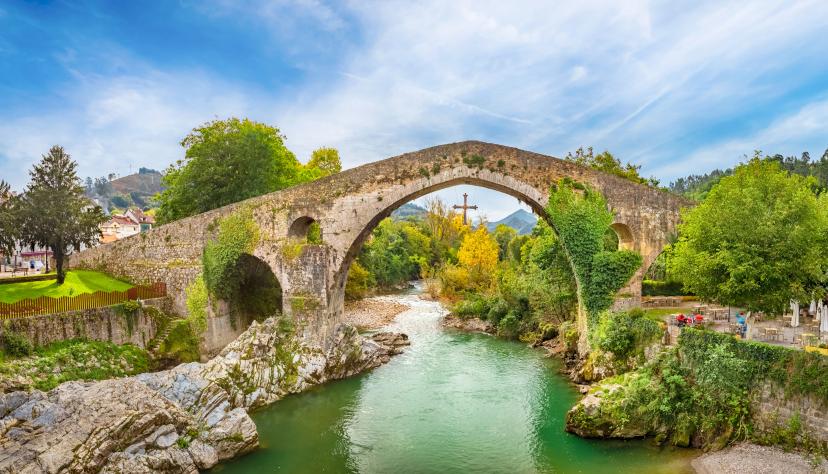
May
May is one of the best months for cycling in Spain. The weather is warm but not too hot, with temperatures ranging from 20–25°C (68–77°F) in most regions. The Costa Brava, Costa Blanca, and northern regions like Asturias and Cantabria offer excellent cycling conditions. Rainfall is minimal, and the landscapes are lush and green, especially in the north.

June
June marks the beginning of summer, with temperatures ranging from 25–30°C (77–86°F) in many regions. The Costa Brava and Costa del Sol remain popular, offering warm and dry conditions. Northern regions like Galicia and the Basque Country also offer favorable cycling conditions, with temperatures between 20–25°C (68–77°F). However, cyclists should be prepared for warmer temperatures and increased sun exposure.
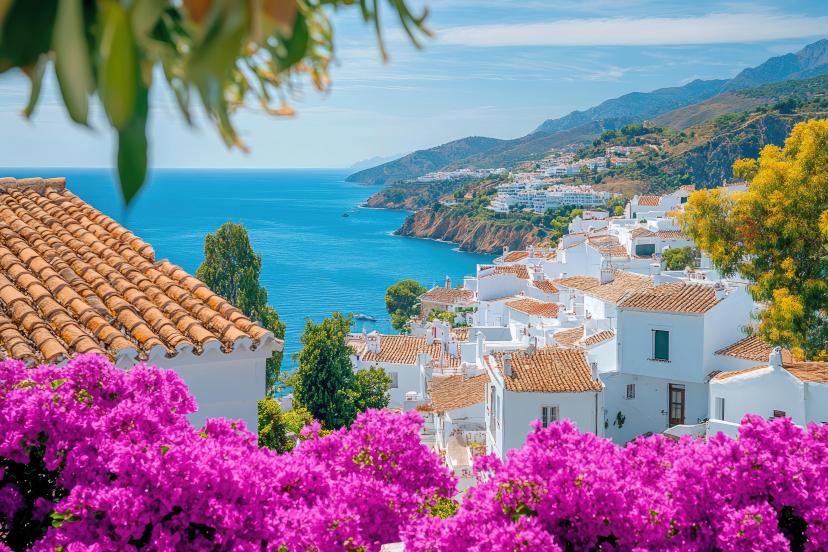
July
July is the height of summer in Spain, with temperatures often exceeding 35°C (95°F) in southern regions like Andalusia. The Costa Brava and Costa del Sol remain popular, but cyclists should be prepared for high temperatures and increased sun exposure.
In contrast, Northern regions and the Pyrenees offer more manageable conditions, with temperatures between 20–25°C (68–77°F), making them ideal for cycling during this month.
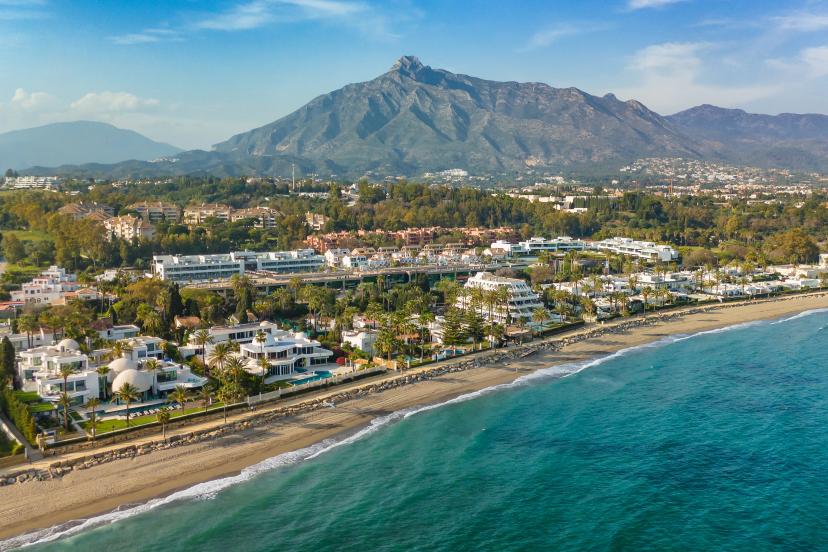
August
August continues the summer heat, with temperatures often exceeding 35°C (95°F) in many regions. The Costa Brava and Costa del Sol remain popular, but cyclists should be prepared for high temperatures and increased sun exposure. Northern regions like Galicia and the Basque Country offer cooler conditions, with temperatures between 20–25°C (68–77°F), making them ideal for cycling during this month.

September
September marks the beginning of autumn, with temperatures ranging from 20–25°C (68–77°F) in many regions. The Costa Brava, Costa Blanca, and northern regions like Asturias and Cantabria offer excellent cycling conditions. Rainfall begins to increase slightly, but overall conditions remain favorable for cycling tours.

October
October brings cooler temperatures, ranging from 15–20°C (59–68°F) in most regions. The Costa Brava and Costa del Sol remain popular, offering pleasant cycling conditions. Northern regions like Galicia and the Basque Country offer cooler conditions, with temperatures between 10–15°C (50–59°F). Rainfall increases, especially in the north, making them less suitable for cycling tours.
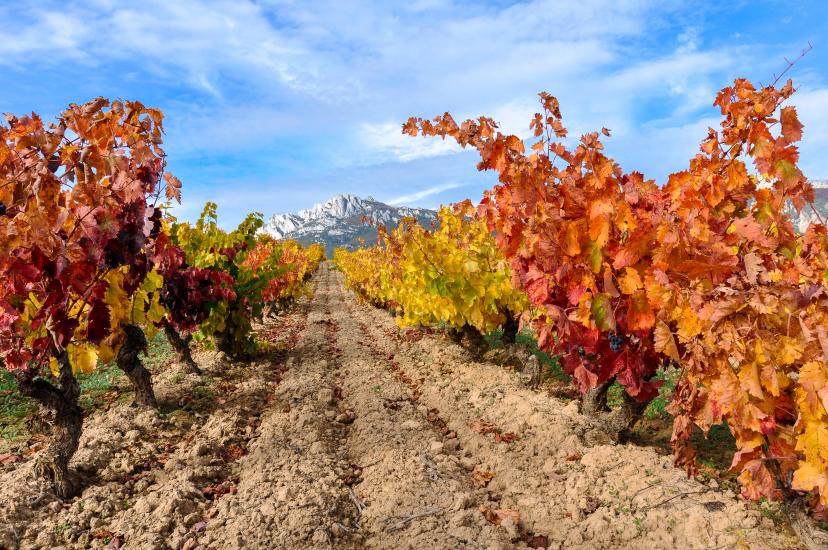
November
November sees a further drop in temperatures, with ranges from 10–15°C (50–59°F) in many regions. The Costa Brava and Costa del Sol remain popular, offering mild cycling conditions. Northern regions like Asturias and Cantabria become less favorable due to increased rainfall and cooler temperatures. Cyclists should be prepared for variable weather conditions.
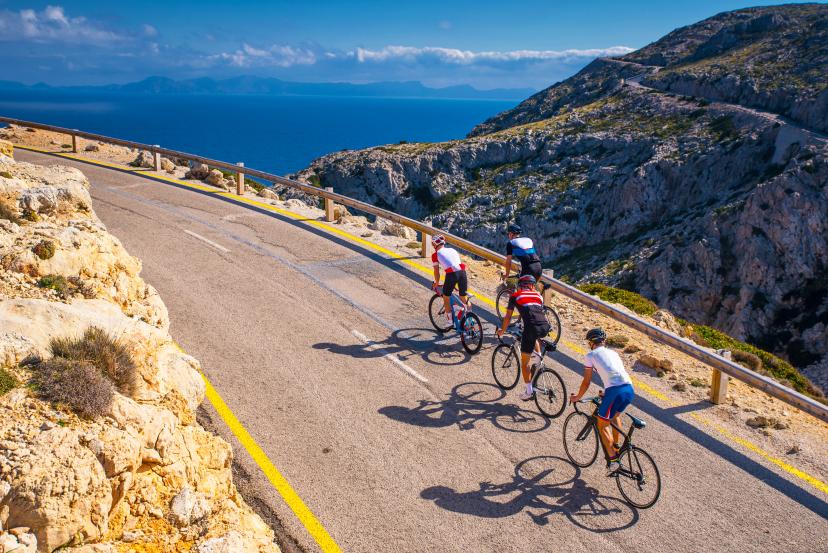
December
December marks the arrival of true winter across much of Spain, with temperatures often ranging from 5–10°C in central and northern regions. While the north is generally too wet and cold for comfortable cycling, southern Spain and the Mediterranean coast can still deliver pleasant riding days. The Costa del Sol, Costa Blanca, and especially the Canary Islands stand out with milder temperatures, dry conditions, and plenty of sunshine.
Best Time to Cycle by Region
Here’s a closer look at the top cycling regions in Spain, including their ideal seasons & climate tips:
Pyrenees (Catalonia, Aragón, Navarra)

Best Time: June to September
Why: High passes and epic climbs are only accessible in summer when the snow clears.
Climate: Mountain — cooler temperatures, snowy winters, mild summers.
What to Expect: 18–25°C (64–77°F) in valleys; cooler (10–20°C / 50–68°F) at altitude. Snow is also possible outside peak summer.
What to Watch Out For: Unpredictable mountain weather — sudden storms, fog, and chilly descents.
Pro Tip: This is Spain’s playground for serious climbers — iconic Tour de France and Vuelta routes await, but bring layers for rapid weather changes.
Andalusia (Costa del Sol, Sierra Nevada, inland south)

Best Time: October to May
Why: Winters are sunny and mild, making it one of Europe’s best winter cycling spots. Summer heat regularly soars above 35°C (95°F), but Sierra Nevada’s altitude offers some relief.
Climate: Mediterranean with hot, dry summers and mild winters.
What to Expect: 15–25°C (59–77°F) in spring and autumn; 10–18°C (50–64°F) in winter. July–August can exceed 40°C (104°F) inland.
What to Watch Out For: Intense summer heat, especially away from the coast. Plan early rides or head into the mountains in peak summer.
Pro Tip: Base yourself on the Costa del Sol for flatter coastal rides or head inland for challenging climbs and quiet roads.
Costa Blanca (Alicante, Valencia, Murcia)

Best Time: October to May
Why: One of Europe’s most reliable winter cycling bases — dry, sunny, and not too hot.
Climate: Semi-arid Mediterranean with mild winters and very hot summers.
What to Expect: 15–22°C (59–72°F) from autumn to spring; summers easily exceed 30°C (86°F).
What to Watch Out For: Summer heat and busy coastal towns in July–August.
Pro Tip: The Marina Alta and Coll de Rates are iconic training routes — no wonder so many pro teams set up here in winter.
Northern Spain (Galicia, Asturias, Cantabria, Basque Country)

Best Time: May to September
Why: Mild summers and lush green landscapes, perfect when southern Spain is too hot.
Climate: Temperate oceanic — cooler, wetter, and greener than the rest of Spain.
What to Expect: 20–27°C (68–81°F) in summer; winters are wet, with up to 150+ mm of rainfall per month.
What to Watch Out For: Frequent rain showers even in summer — bring a light rain jacket.
Pro Tip: Ideal for dramatic coastal rides, quiet mountain climbs, and cooler conditions during peak summer.
Central Spain (Madrid, Castilla-La Mancha, Castilla y León)

Best Time: April to June & September to October
Why: Spring and autumn balance warm days with cooler nights. Summers are scorching, winters are chilly and frosty.
Climate: Continental — hot summers, cold winters, low rainfall.
What to Expect: 18–28°C (64–82°F) in spring/autumn; 35–40°C (95–104°F) in summer; 5–10°C (41–50°F) in winter.
What to Watch Out For: Harsh summer heat and cold winter mornings on the Meseta plateau.
Pro Tip: Best for quiet countryside routes and long rolling terrain — time your trip to shoulder seasons for comfort.
Canary Islands (Tenerife, Gran Canaria, Lanzarote, Fuerteventura)

Best Time: Year-round
Why: Subtropical climate means steady sunshine and 20–25°C (68–77°F) almost all year. Popular with pros for winter training.
Climate: Mild, semi-arid, with a huge variety thanks to volcanic terrain.
What to Expect: Warm coastal rides, cool mountain climbs (Teide can be 10°C colder than the coast).
What to Watch Out For: Strong trade winds, especially in Lanzarote and Fuerteventura.
Pro Tip: Tenerife’s Teide climb is legendary — but don’t skip Gran Canaria’s twisty mountain roads or Lanzarote’s lunar landscapes.
Balearic Islands (Mallorca, Ibiza, Menorca, Formentera)

Best Time: March to June & September to November
Why: Perfect Mediterranean cycling weather before and after the summer tourist crowds.
Climate: Warm Mediterranean. Hot, busy summers; mild, quieter shoulder seasons.
What to Expect: 18–25°C (64–77°F) in spring/autumn; 30°C+ (86°F+) in July–August with busy roads.
What to Watch Out For: Tourist traffic peaks in summer, making coastal roads crowded.
Pro Tip: Mallorca is a cycling paradise — plan shoulder-season trips for smooth roads, pro-level climbs, and fewer crowds.
Where This Fits in Your Ride Planning
- The Pyrenees = mountain terrain, cooler summers, snow in winter — best for summer climbing challenges.
- Andalusia = warm, dry, and sunny winters; very hot summers — ideal for autumn to spring rides.
- Costa Blanca = mild, reliable, and mostly dry — excellent for winter training.
- Northern Spain = cooler, wetter, and lush — perfect for summer cycling.
- Central Spain = hot summers, cold winters — best in spring and autumn for comfort.
- Canary Islands = subtropical, mild, and stable — great for year-round riding.
- Balearic Islands = warm Mediterranean, busy in summer — shoulder seasons offer smooth roads and fewer crowds.
Where to Check the Weather
Checking the weather forecast before heading out is essential, especially in Spain, where conditions vary widely between regions — from hot, dry plains in Andalusia to cooler, rainy northern coasts and unpredictable mountain passes in the Pyrenees.
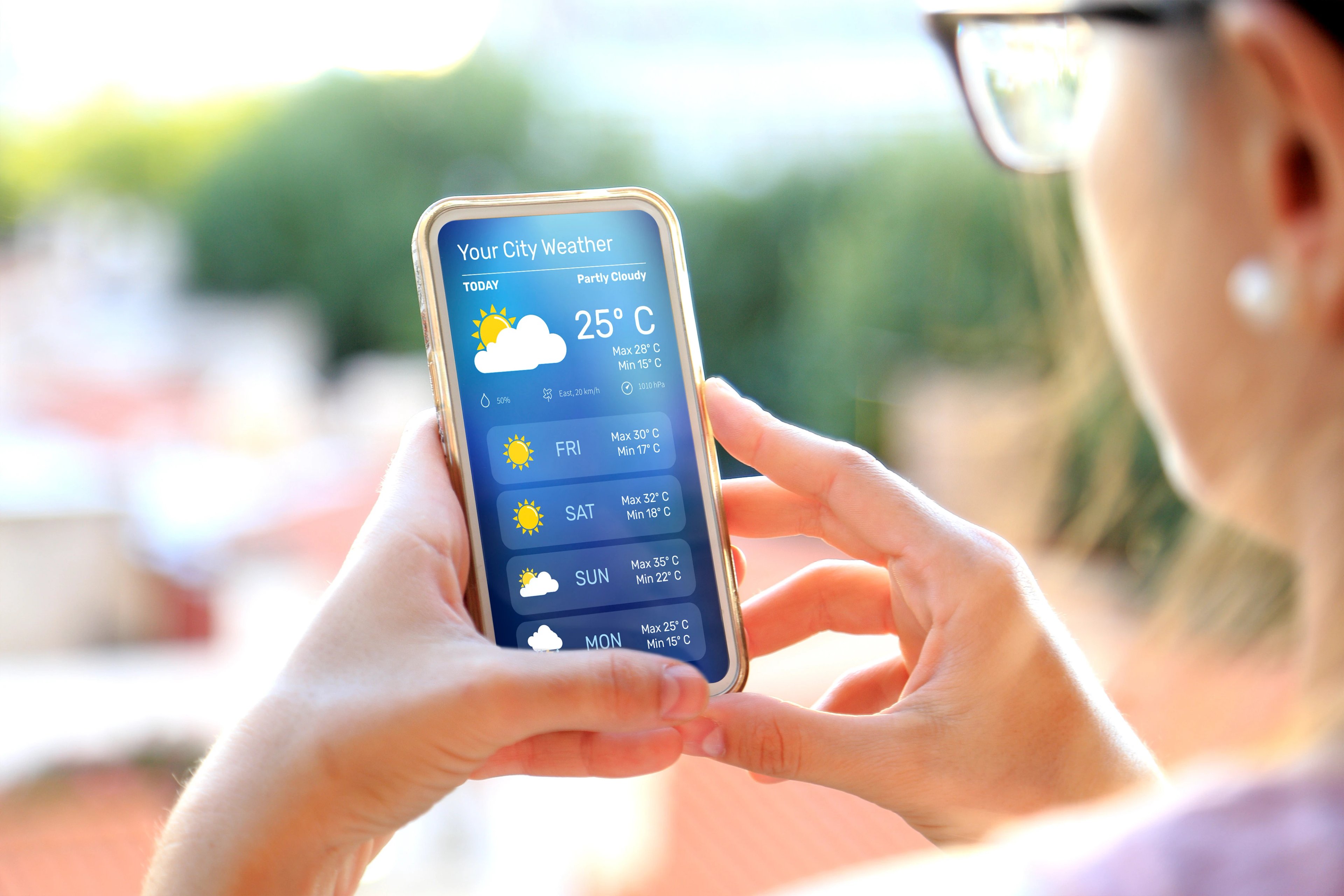
Here are three of the most reliable weather apps tailored for cyclists:
- AEMET (Agencia Estatal de Meteorología)
Spain’s national meteorological agency provides hyper-local forecasts, hourly and daily updates, rain radar, wind maps, and mountain or coastal conditions. It’s the most detailed source for regional forecasts and real-time weather alerts, available in English.
An interactive app offering detailed visualizations of weather patterns, including wind, rain, and temperature. Especially useful for coastal or exposed areas where wind can affect riding conditions, and for seeing how weather systems move across regions.
Not Sure When to Go?
If you’re unsure about the best time or region for your cycling holiday in Spain, reach out to our team — we can help you plan the perfect ride based on your goals, fitness level, and preferred climate.

Hassle-Free
We handle itineraries, accommodations, and anything else you prefer not to deal with, so you can enjoy a carefree holiday.

Completely Customizable
Flexibility is our middle name — whether you want more or less, or just beyond ordinary, we’ll make it happen.

Book with confidence
We are a financially protected company, fully bonded and insured, keeping your money safe and allowing you to travel with confidence.

Unbeatable support
Our 24/7 customer support is where we show our passion, bringing you a better experience by making your well-being our number one priority.
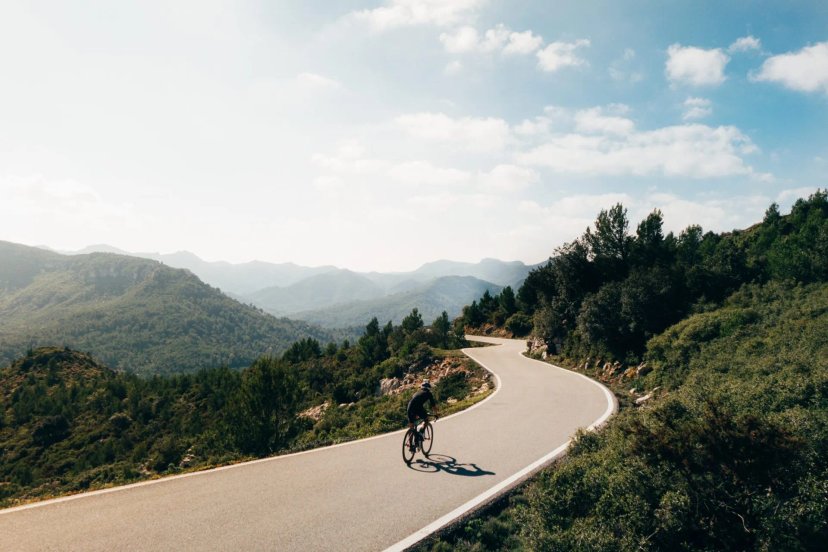

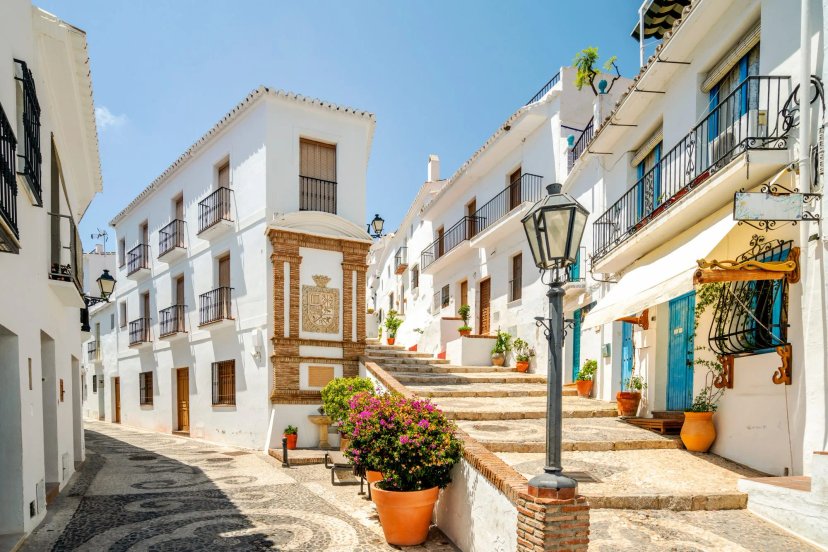
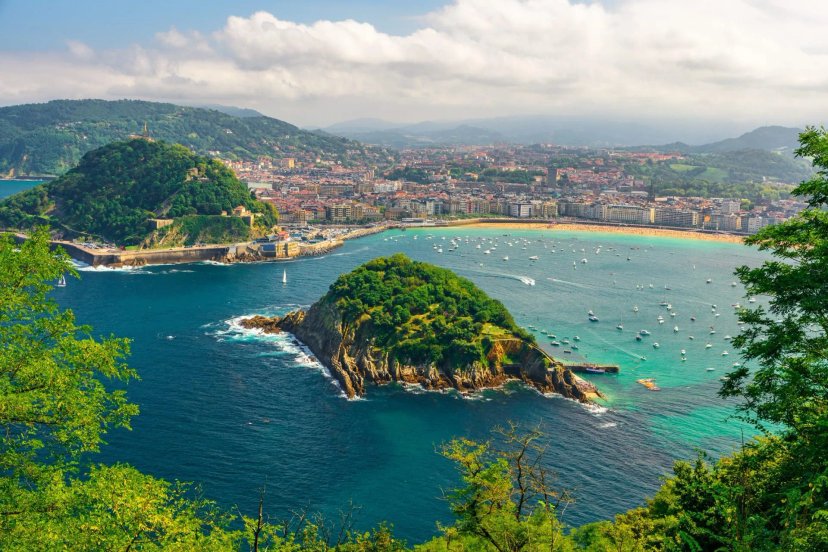
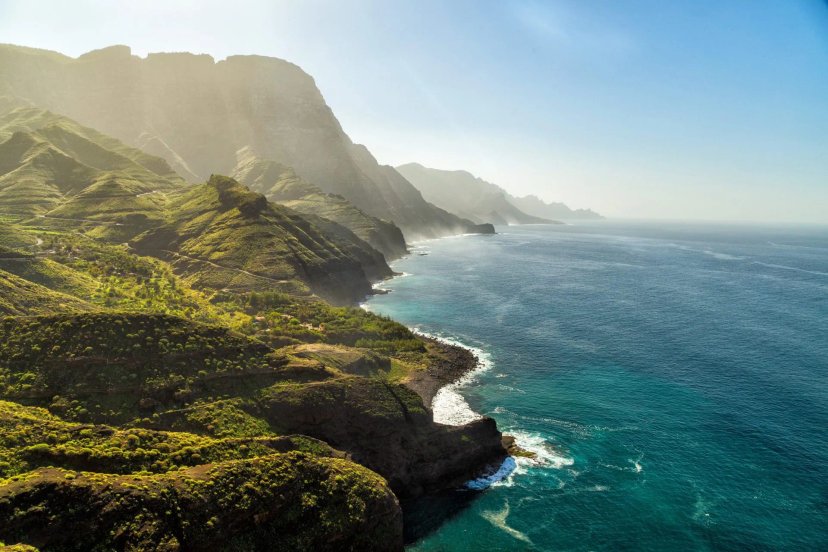

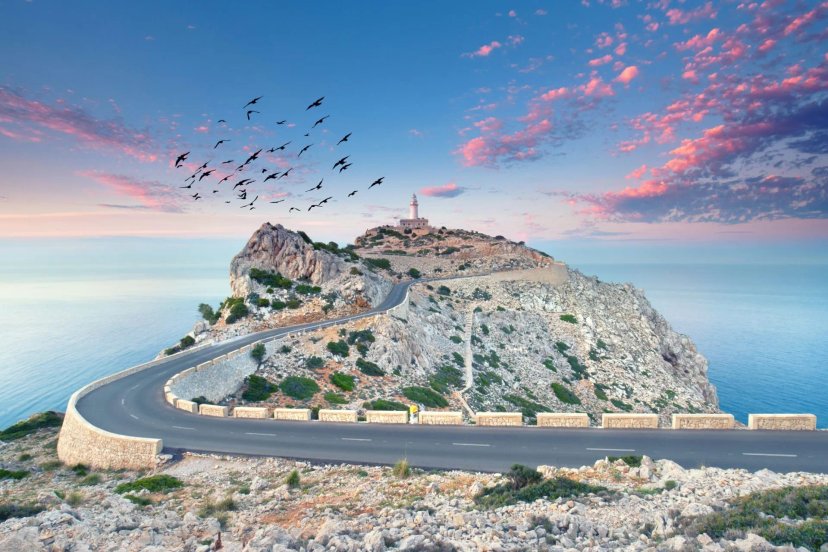
.jpg&w=3840&q=75)
